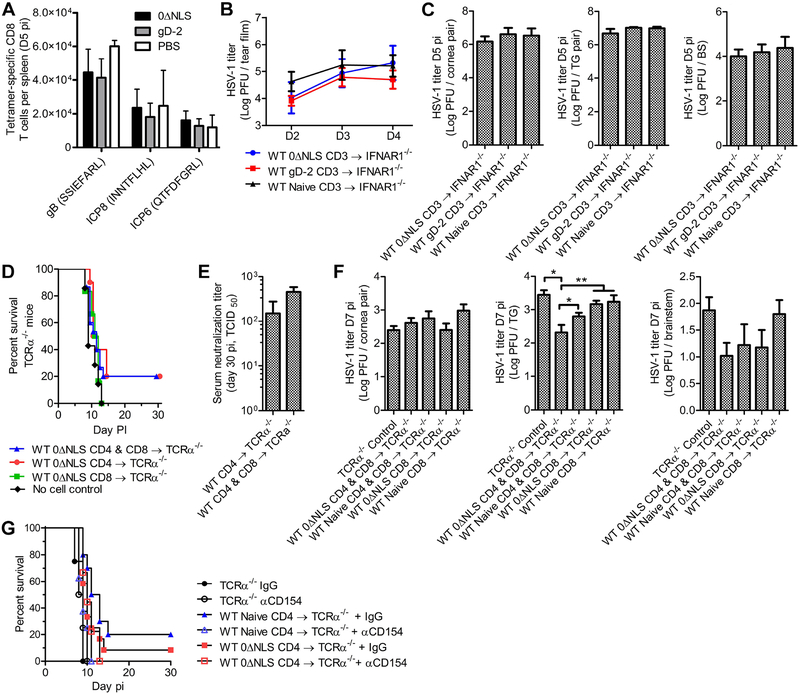Fig. 4. Contributions of cell-mediated immunity to prophylactic protection.
(A) Flow cytometric analysis of HSV-1 specific CD8 T cells in the spleen of naive and vaccinated WT mice at day 5 p.i. based on tetramer labeling for the top three immunodominant HSV-1 epitopes in C57BL/6 mice including glycoprotein B (gB), and infected cell proteins 6/8 (ICP6/8). Antigen peptide sequences are listed parenthetically (n = 4 vaccinated, 2 naive mice/group; 2 independent experiments). (B) Viral shedding in the corneas of Ifnar1−/− mice receiving 1×106 CD3+ T cells i.v from the spleens of HSV-1 0ΔNLS-vaccinated WT mice concurrent with ocular HSV-1 infection at 1×103 PFU HSV-1 McKrae per eye (n = 3 mice per group, 2 independent experiments). (C) Viral titers in the corneas, TG, and brainstem of Ifnar1−/− mice as in (B). (D) Survival of TCRa−/− mice ocularly challenged with 1×104 PFU HSV-1 McKrae/eye seven days after adoptive transfer of 1×105 CD4, 1×105 CD8, or 1×105 of both CD4 and CD8 T cells i.v. from the spleens of HSV-1 0ΔNLS-vaccinated WT mice (n = 6–15 mice/group; 3 independent experiments). (E) Serum neutralization titers in TCRα−/− mice that survived ocular HSV-1 infection upon receiving T cells from HSV-1 0ΔNLS-vaccinated WT mice (n = 3–4 mice/group. (F) Viral titers in the corneas, TG, and brainstem of TCRα−/− mice as in (C), with the addition of naive WT donors (n = 5–6 mice/group; 2 independent experiments). (G) Survival of TCRα−/− mice ocularly challenged with 1×104 PFU HSV-1 McKrae/eye seven days after adoptive transfer of 1×105 CD4 T cells from HSV-1 0ΔNLS-immunized or naive WT mice; TCRα−/− mice were treated with 250 μg anti-CD154 antibody or Rat IgG control i.p. on day 0, 3, and 6 p.i. (n = 8–12 mice + T cells, n = 4 no-cell controls; 3 independent experiments). Data in panels A, C, F were analyzed by one-way ANOVA with Newman-Keuls multiple comparisons tests; data in panels B and E were evaluated two-way ANOVA and Student’s T test, respectively.

